Are you looking for a contractor?
Submit our quick form and get quotes now!
Table of Contents
6 min read
What are the different types of dehumidifiers?


6 min read
What are the different types of dehumidifiers?
InsulationWhat are the different types of dehumidifiers?
If there’s one thing to check prior to purchasing or renting a home, it has to be the humidity levels. Not only are high humidity levels a health hazard, but they can definitely cut down the service life of a structure. Ideally, humidity levels should be between 40 and 50%. Anything above this limit will cause a proliferation of bacteria, mould, and dust mites.
Are you starting to notice a build-up of fog in your windows, signs of moisture on walls, or fungi in corners? If so, it’s highly likely that your house has humidity problems. The best way to remedy this problem would definitely be to improve your home's insulation, but you can also air out the rooms and invest in a good dehumidifier.
Looking to reduce the humidity levels in your home, but aren't sure which model to choose? Here are the main types of dehumidifiers and their features.
The Different Types of Dehumidifiers
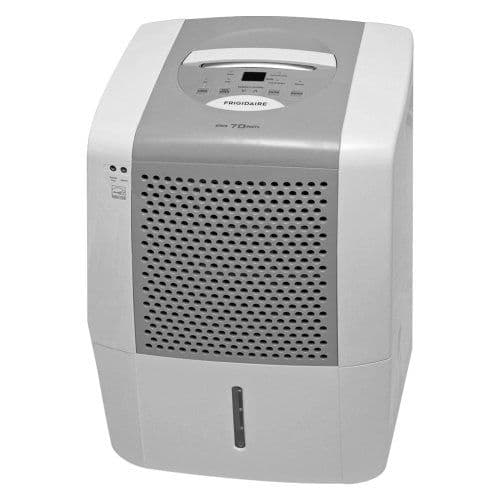
source: Wikipedia
Condensation Dehumidifier
This type of dehumidifier is a more common model for residential dwellings, which pushed manufacturers to focus on more compact, “smart,” and less cumbersome models to ensure their products’ continued success. Such dehumidifiers are also equipped with casters so they can be moved from one room to the next to reduce humidity levels.
A condensation dehumidifier is relatively simple to use. The unit, which is built with a compressor, draws in and filters humid air before redirecting it to the compressor. The latter, being colder than the humid air that’s drawn in, will turn the water vapour in the air into water before freezing it.
The water is recovered in the unit’s container, then the air is warmed by evaporation before being blown back into the room in the form of dry air. This is a process that allows the ambient air to gradually shed the water vapour it contains.
Note that some dehumidifiers feature a heating function, which makes them even more effective. By increasing the room temperature, the appliance increases the comfort of the residents, while providing a better quality of air. Moreover, this type of dehumidifier can also be used as a backup heater.

Desiccant Dehumidifier
While the refrigerant dehumidifier is the most well-known, a desiccant dehumidifier also does an excellent job of keeping moisture at bay. This type of dehumidifier uses an alternative method to that of the condensation model. Rather than employing a cooling metal plate, a desiccant dehumidifier absorbs water from the air using a desiccant. If you’ve ever found a small packet of crystals labelled “silica gel” located in a pair of new shoes or alongside a new computer, you’ll be familiar with the desiccant material.
The material of a desiccant works to absorb water, keeping moisture from accumulating in fabrics and on devices. In a desiccant dehumidifier, the same principles apply. It operates by way of a wheel accompanied by a large desiccant. The wheel turns very slowly, absorbing the moisture from the incoming airflow. When the wheel rotates, part of the wheel passes through a stream of warm air, reactivating the desiccant by driving off moisture.
Water condenses and is collected in the dehumidifiers collection tank, or automatically drains through the back of the unit. One advantage of this type of humidifier is its size and weight, as it is generally smaller and lighter than the refrigerant dehumidifier. Another reason to choose this unit is its ability to operate in colder temperatures.
If your dehumidifier is going to be used in particularly chilly rooms, then this could be the device for you! However, the downside of desiccant dehumidifiers is that they require a lot of energy.
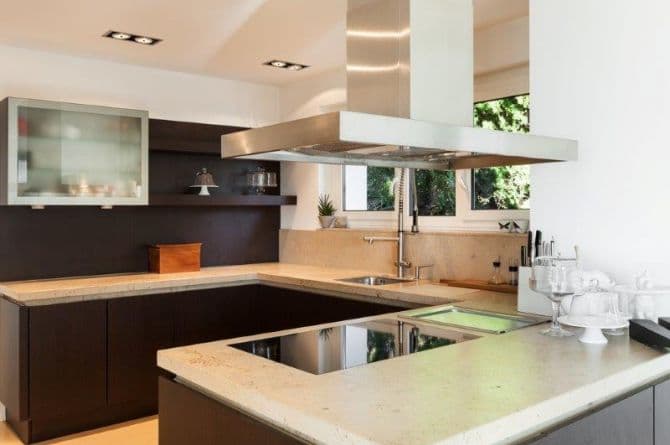
Whole House Ventilation Dehumidifier
Certain dehumidifiers can be used for the entire home, and work more like a ventilation system to effectively remove mould, condensation and excess moisture from your home. This is the simplest type of dehumidifier in its operation. This model works by pushing air from the unit down into the home by way of a mounted grill.
The arrival of new air forces old, stale air out through your home's natural points of leakage, maintaining dry and fresh air throughout the home. It is cheaper to run than the two other models listed and works quietly behind the scenes to keep the air in your home clean. This style of whole-house dehumidifier adds another layer to a home's existing HVAC system. Bear in mind that this style of dehumidifier requires a professional for installation, so get in touch with some, if this is the unit that you’re interested in.
Look for these before buying a dehumidifier

1. Extraction capacity
The dewatering capacity is undoubtedly one of the main criteria to check when it comes time to invest in a dehumidifier. You will easily find this information on the characteristics of the product.
The extraction capacity (per day) is expressed in litres, pints, or chopines. Your choice will depend on the surface to be dried and the severity of your moisture problem. Dehumidifiers can be divided into 3 categories:
Small capacity models: less than 18 litres per day;
Models of medium capacity: 18-25 litres per day;
Large capacity models: more than 25 litres per day.
2. Energy consumption
A dehumidifier that works daily will generate a large consumption of electricity. For this reason, it is better to choose a product whose energy consumption is optimized.
To know the energy consumption of a dehumidifier, you will need to find out about the water capacity collected per kilowatt hour of electricity consumed (L/kWh). Unfortunately, this data is not always written on the product packaging. It can, however, be found on the device itself, if you find the product you are looking for in-store.
To be sure to buy a product that consumes little energy, opt for a dehumidifier whose packaging bears the Energy Star logo because it is a safe bet! Since the end of 2016, dehumidifiers have met even stricter standards in terms of energy efficiency. From now on, only appliances with an energy efficiency of at least 2 L/kWh are certified.
3. The evacuation system
The models of dehumidifiers offered on the market offer various possibilities with regard to the system of the evacuation of the water recovered by the device. Some have a drain connected outside the house, while others are equipped with a water recovery system, which must be emptied several times a day. This second alternative is certainly easier to install, however, it can have limits if the room is particularly humid.
4. Indicators and smart devices
It must be said that manufacturers redouble their imagination to meet the criteria of their customers, which gives products more and more practical and efficient. On the market, there are dehumidifiers equipped with an integrated hygrometer and a programmable numerical control that displays the humidity level. Others have an automatic shut-off device and some even have an indicator that warns you when it's time to empty the water tank. It's up to you to see if you want this kind of gadget.
To summarize, there are three main models of dehumidifiers:
1- Condensing
most popular;
possibility of smaller sizes and smart devices;
some can be used as backup heaters.
2- Desiccant
uses silica gel;
the rejected air will be drier and warmer.
3- Whole house
economical;
works with lithium chloride (salt);
need refills every 2-3 months;
for minimal or moderate moisture problems.
And here are the points to check before finalizing your purchase:
1- The dewatering capacity
choice according to the area and degree of the moisture problem;
small (- 18 litres/day) – Medium (18 to 25 litres/day) – Large (more than 25 litres/day).
2- Energy consumption
calculated in L/kWh (often indicated on the device and not on the packaging);
look for the Energy Star logo.
3- The evacuation system
connected to the outside of the house or a bin on the appliance;
choose according to your willingness to manage the water collected.
4- Technology
according to your needs and preferences;
integrated hygrometer possibilities, programmable digital controls, automatic shutdown, reminders, etc.
Get 3 renovation quotes to solve your humidity problems
RenoQuotes.com can help you get quotes for your dehumidifying project. If you submit your project, we’ll put you in contact with the most suitable contractors for you. Fill in the form on our homepage (only a few minutes), and you will receive quotes from trusted professionals.
Dial 1-844 828-1588 to speak with one of our customer service representatives.
Last modified 2023-11-07
Looking for something else?
Related articles
The latest industry news, interviews, technologies, and resources.
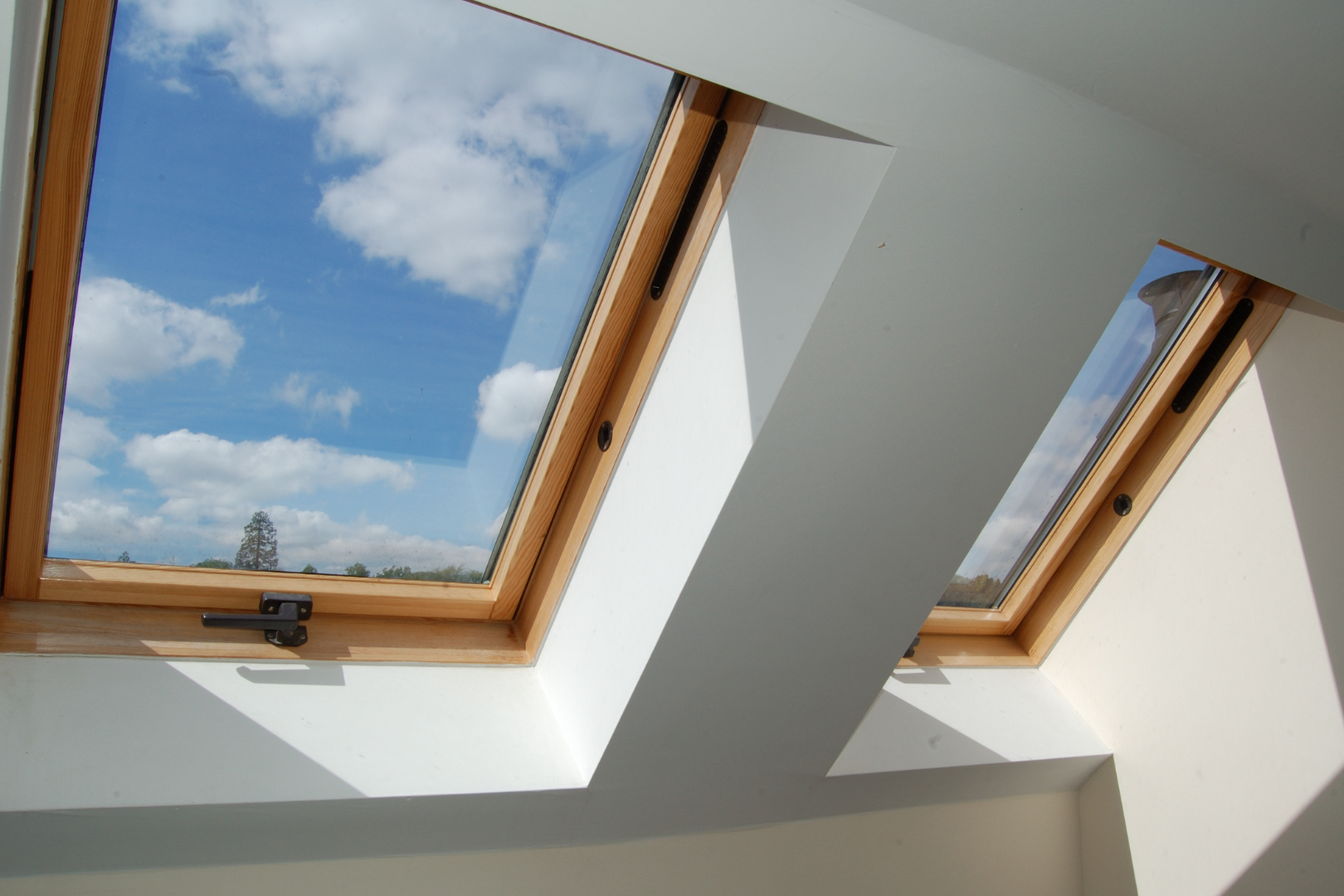
RenoQuotes.com • 07 Nov 2023
Skylights bring natural light and beautiful views into the home, sitting high up on your ceilings and helping to brighten darker sections of rooms, or adding ventilation in smaller spaces. A skylight is simply a glazed window that is generally installed in the roof, and it can be domed or flat, as well as fixed or vented.
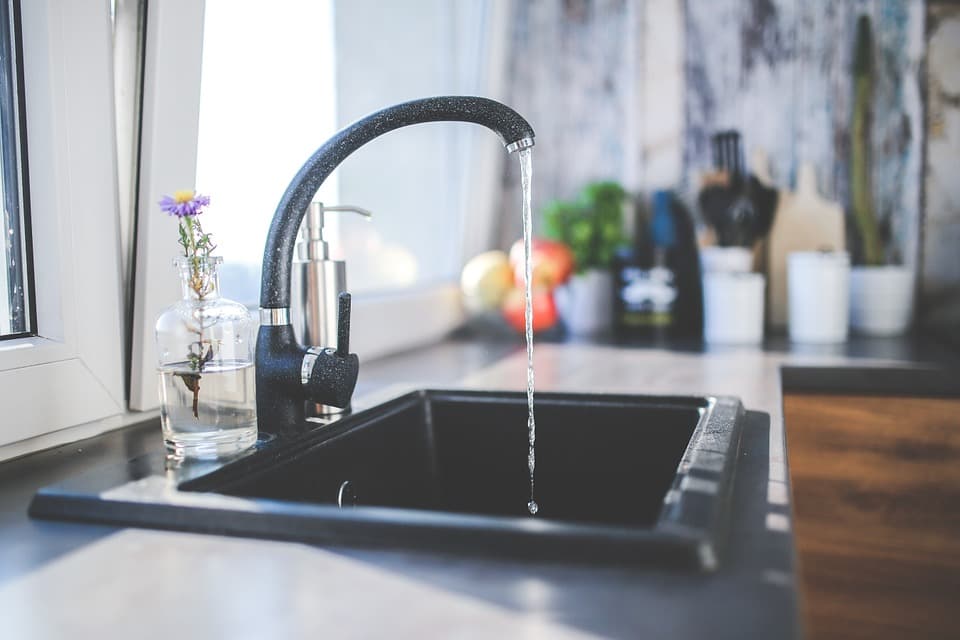
RenoQuotes.com • 07 Nov 2023
The saying “everything but the kitchen sink” is one you’ve surely heard many times in your life. This speaks to the importance of the kitchen sink and since it is used multiple times on a daily basis, it’s essential to settle on a design you’ll love to look at and use constantly. We’ve prepared this guide to help you choose the sink that’s right for you!

RenoQuotes.com • 07 Nov 2023
If you’re paying attention to the Canadian news cycle, you may know about the 2021 Freeland Budget. This is the first budget from Canada’s Deputy Prime Minister and Federal Finance Minister Chrystia Freeland.
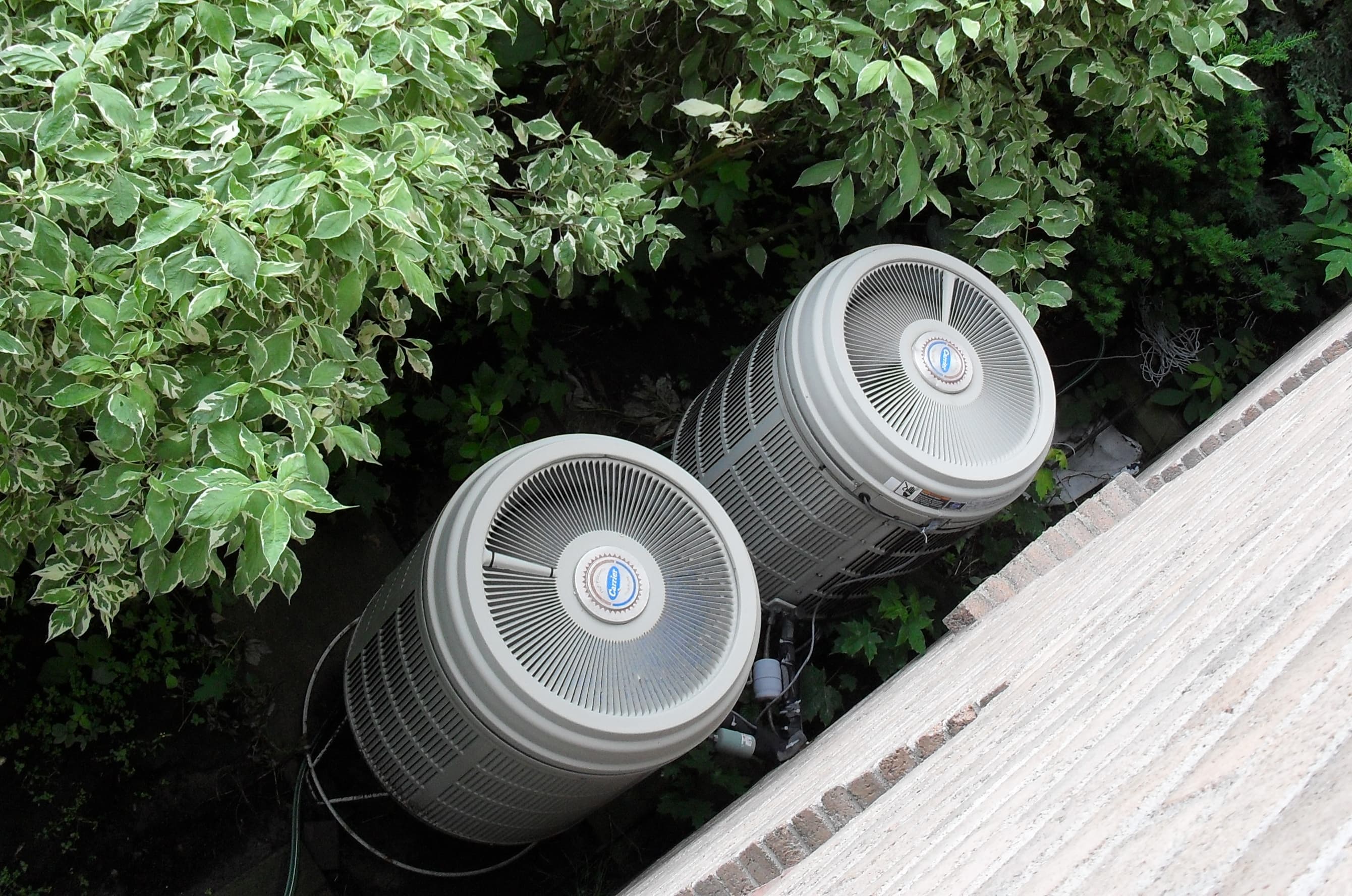
Amanda Harvey • 07 Nov 2023
The purchase of a heat pump is often done with the aim of saving energy and watching heating and air conditioning bills plummet.

Cynthia Pigeon • 07 Nov 2023
It is no secret that a leaky roof can have severe budgetary repercussions: moisture problems, heat loss, and property damage.